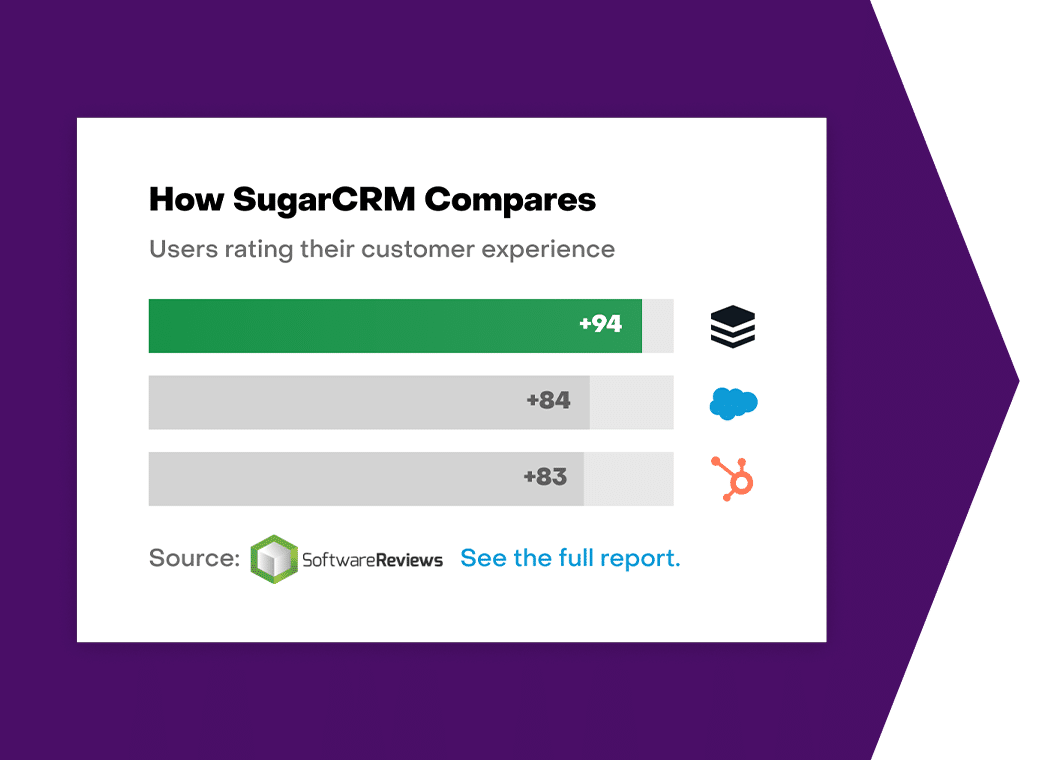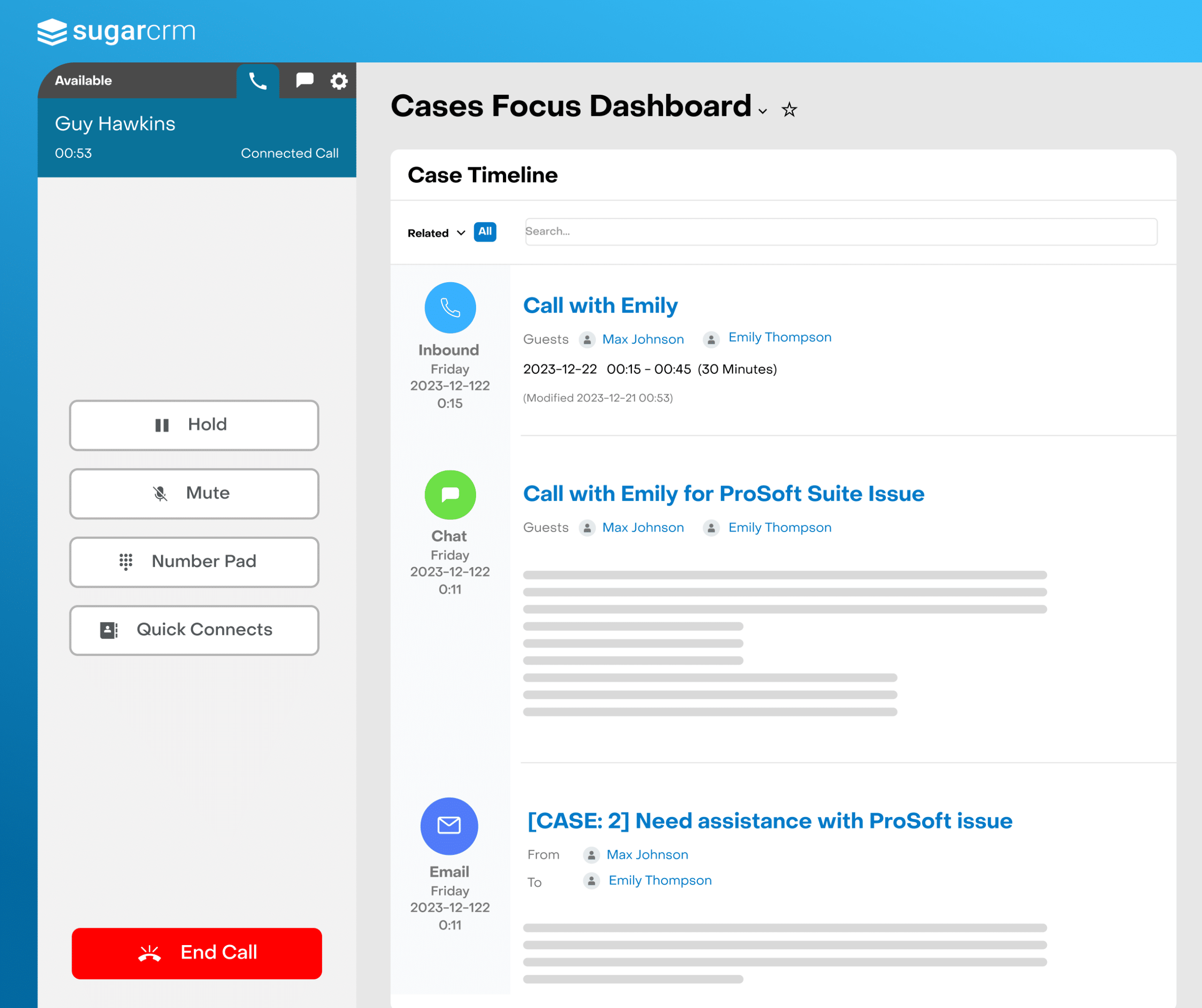
Solving the Top 3 Sales Challenges Auto-Parts Distributors Face
See how automotive distributors fight margin loss, blind spots, and churn using smarter sales tools from SugarCRM and sales-i.
Sales
6 min read
Editor's Picks


Marketing
Syncing Success: The Power of Marketing and Sales Alignment
Learn why marketing and sales alignment is crucial if you want to successfully compete in your industry. No matter the industry.
Marketing
6 min read



Sales
Solving the Top 3 Sales Challenges Auto-Parts Distributors Face
See how automotive distributors fight margin loss, blind spots, and churn using smarter sales tools from SugarCRM and sales-i.
Sales
6 min read
Customer Service & CX
Improving Product Quality and Customer Satisfaction with CRM Feedback Loops
How can you improve product quality with CRM feedback loops and what to be mindful of the best practices in the process? Read out blog post!
Customer Service & CX
5 min read
Using Technology to Unify Sales, Marketing, and Service for Consistent Customer Insights
Customer Service & CX
7 min read
CRM 2.0: Leveraging Generative AI for Personalized Customer Experiences
Customer Service & CX
4 min read













